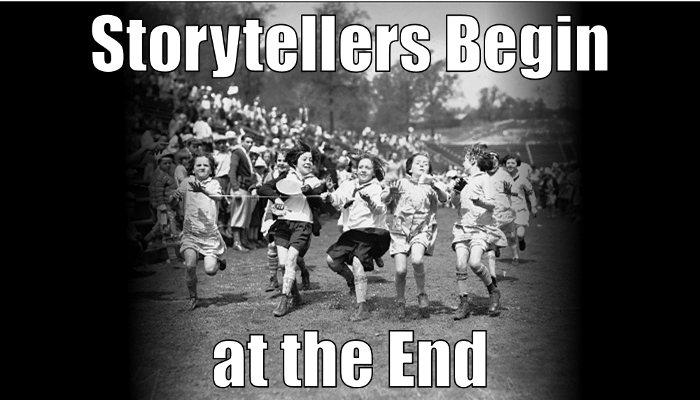
Last spring, I had an opportunity to watch twenty-five entrepreneurs pitch their companies to Silicon Valley investors. The experience felt like a controlled experiment of sorts because each presentation sought the same goal (investment) and had the same amount of time to do so.
Watching these presentations serially helped me see patterns. Most of them ended on the dot, indicating that the entrepreneurs had practiced fitting their content into the allocated time. The second pattern was a bit more troubling. The majority of the presentations fell into the March category, meaning that they came in like a lion and went out like a lamb. These entrepreneurs had succumbed to a common pitfall; they wrote their stories in the order that they had planned on telling them, putting too much emphasis on the beginning and not enough on the ending.
StoryHow PitchDeck Card #17, Ending, offers the following advice for March stories:
“While most stories are told from the beginning to end, they’re written the other way around. Business storytellers begin with the story’s ending, then plot an intentional course toward it.”
Stories with strong openings and weak endings are buzz-kills because they set an audience’s expectations too high. With no way for the message to live up to the hype, the audience is left hanging. They feel cheated. Narratus interruptus.
Avoid creating March stories by spending just as much time on your story’s ending as on its beginning. Do so by asking questions like:
What’s the moral of this story?
What do I want the audience to do?
What do I want them to remember?
Consider creating a memorable catchphrase for them to take away…
…something like, Storytellers begin at the end. 🙂
Photo Credit: [Children in Race Crossing Finish Line]. [Between 1909 and 1923] Image. Retrieved from the Library of Congress, https://www.loc.gov/item/npc2007018638/.